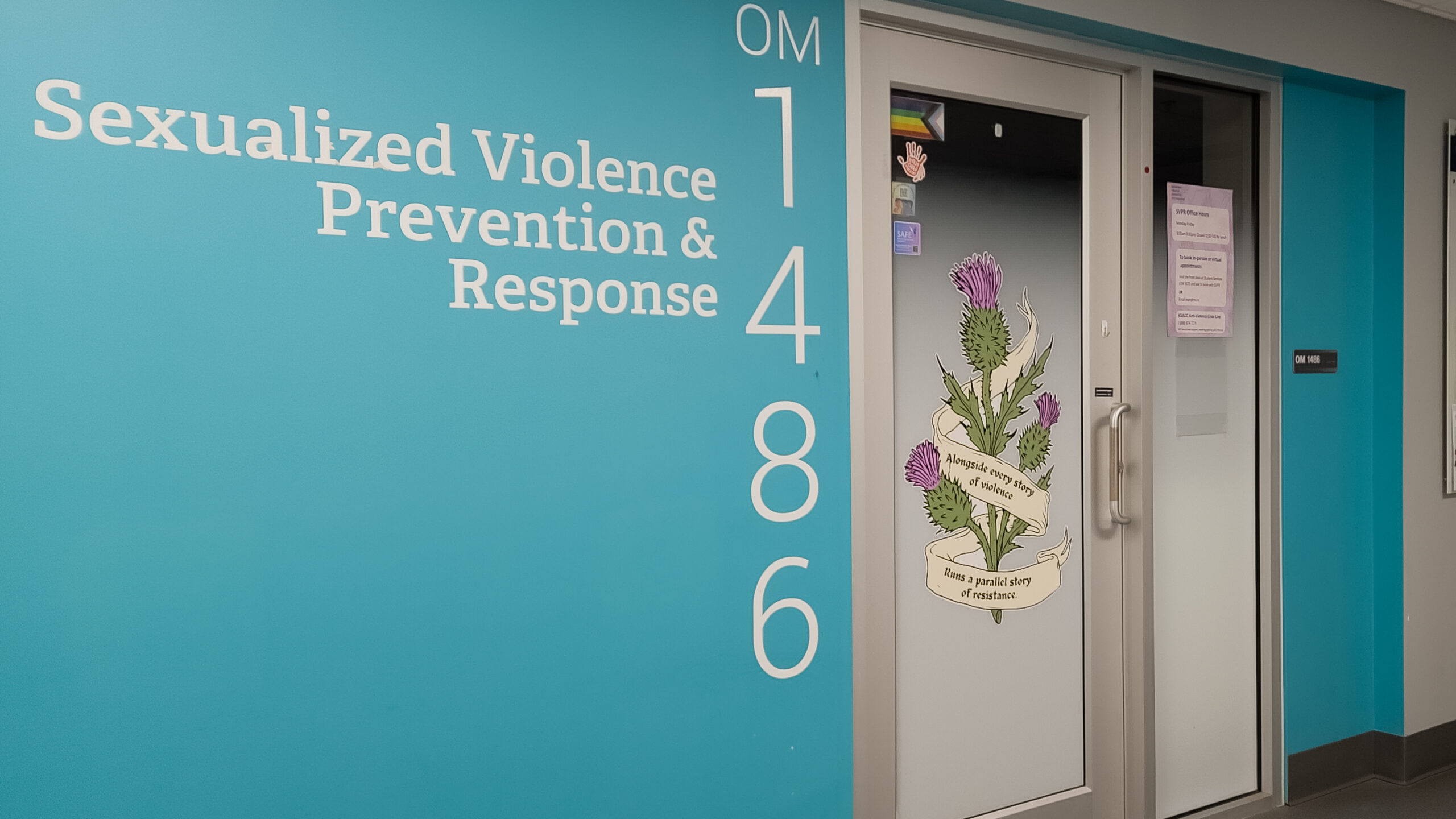This article contains content related to sexualized violence, including assault and harassment. If you are in need of support, you can call the Kamloops Sexual Assault Counselling Centre at 1 (888) 974 7278 or contact the Sexualized Violence Prevention and Response office at svpr@tru.ca or 250-828-5023.
A new academic year brings new experiences, opportunities and discoveries. Yet for many on campus, the new year also brings challenges and risks to the forefront.
For colleges and universities across British Columbia, one such challenge involves the rate of sexualized violence in what is colloquially referred to as The Red Zone–the 6-8 week period of a new semester when the energy and excitement, parties, activities and the general bustle of campus life is exploited by those seeking to prey on others within the community.
Across North American universities, research shows that more than 50% of all college sexual assaults are carried out within these Red Zones. Per the B.C. government, nearly two-thirds of all reported sexualized violence cases on campuses occur during the first eight weeks of the new semester.
The question then arises of how best to tackle these statistics in an effective and trauma-informed way. Though there has historically been undue pressure on survivors and those most at risk to bear the responsibility of preventing said violence, recent attitudes are slowly shifting to stress consent, education and social advocacy, with an understanding that sexual violence survivors are never at fault. The Canadian Women’s Foundation has suggested staying informed, raising awareness, supporting survivors and championing positive change as the most effective ways to take action.
The provincial government passed the Sexual Violence and Misconduct Policy Act in 2017, necessitating that all public post-secondary institutions establish a sexual misconduct policy. TRU’s policy, BRD-25, was an expansive collaborative effort between the university and the wider Kamloops community, centred around student, staff and faculty wellbeing. It was from this policy that the Sexualized Violence Prevention and Response office (SVPR) was formed.
The SVPR can be found in Old Main, room 1486. The office receives students, faculty and staff who have either experienced or witnessed sexualized violence and would like to make a disclosure. They are equipped to support victims/survivors through the often retraumatizing process of disclosure and they also collect data for further statistical research.
As of September 2025, the SVPR has also implemented an anonymous disclosure and feedback service to protect the identities of survivors or witnesses during disclosures.
But this is just their response portion of their work. As the office’s name implies, the SVPR office also engages in a significant amount of prevention work.
Now firmly in The Red Zone, the community must remain conscious and educated on issues related to sexualized violence, including (but not limited to) consent, bystander intervention, sexual health, chauvinism and intersectionality. In the years since the SVPR’s inception, the office has made several leaps in cultivating a more aware campus community. They have pushed for mandatory sexualized violence training for all staff, faculty and student leaders, as well as organized several workshops and campaigns to bring more eyes and ears to the ground.
At the start of this semester, the office also kicked off another year of their Red Zone Campaign, created to support the community as it navigates this period. Through social media, outreach and activities, the campaign, which runs from August 31 to October 12, will explore weekly themes related to sexualized violence. The goal is to ramp up education and awareness at a time when it is direly needed.
Alongside the SVPR, TRU’s Wellness Centre also serves as an important resource for developing campus-wide knowledge on sexualized violence, while offering support to those in need.
The Centre’s Consent Café meets with youths and young adults to improve their literacy on sexual health and well-being and to help build comfort and confidence in discussing these complex topics. Their pleasure-based workshop series from the previous academic year taught students everything from sexual hormones to masturbation and gender-affirming care. Although many of these topics may seem rudimentary to some university students, research has shown that secondary schools across B.C. are often ineffective in teaching them.
The efforts of offices like the SVPR and the Wellness Centre help bridge the awareness gap across the entire campus and beyond. Still, there is no room for complacency. Though several steps have been taken to curtail the ever-present spectre of sexualized violence on college campuses, it remains a significant issue. This is because other factors like general ignorance, apathy and the historical failings of the justice system, as well as gendered stereotypes and social norms, have remained largely unchanged despite the urgency of the situation.
And, as we pay extra attention to The Red Zone in this period, it is essential to remember that sexualized violence does not have a timeline. It remains an issue through the rest of the academic year and every minute that follows. Though all other violent crimes across Canada declined over the years, sexual assault was the only one that remained relatively stable.
This means that the work is not temporal. It is constant and it needs as many hands, ears and eyes as possible.
To learn more about the SVPR and their resources, visit their website here.

